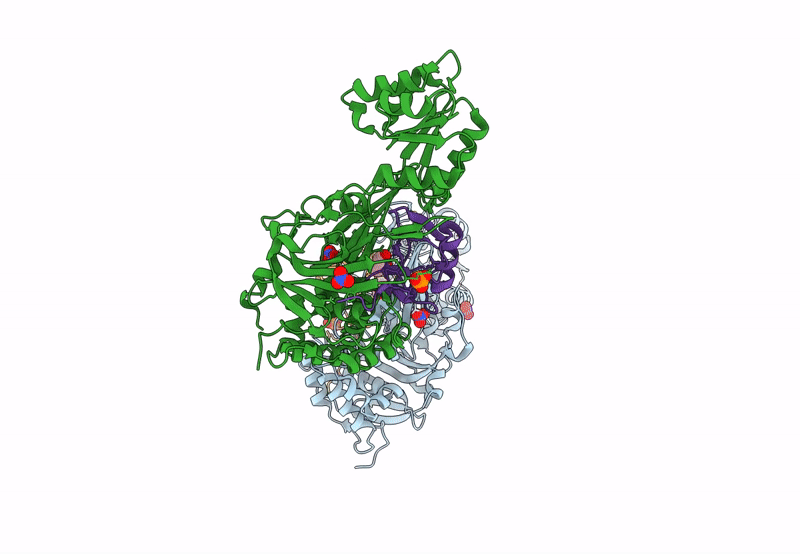
Deposition Date
2023-05-05
Release Date
2023-10-18
Last Version Date
2023-11-15
Entry Detail
PDB ID:
8OYP
Keywords:
Title:
Crystal structure of Ubiquitin specific protease 11 (USP11) in complex with a substrate mimetic
Biological Source:
Source Organism:
Homo sapiens (Taxon ID: 9606)
Host Organism:
Method Details:
Experimental Method:
Resolution:
2.44 Å
R-Value Free:
0.23
R-Value Work:
0.16
R-Value Observed:
0.17
Space Group:
P 21 21 2


